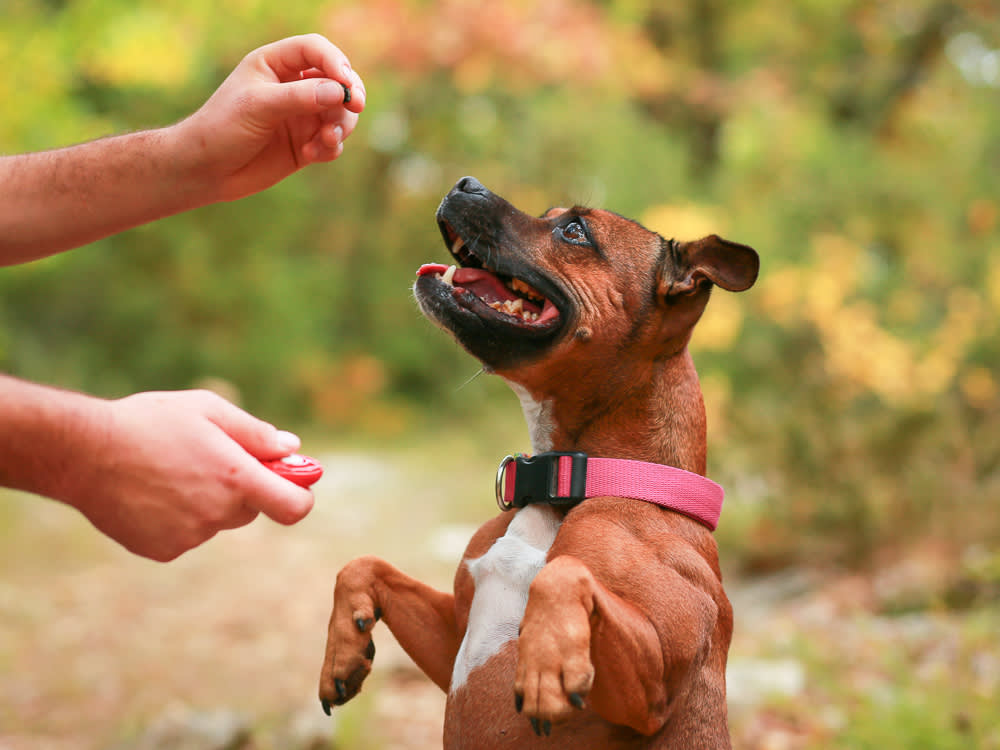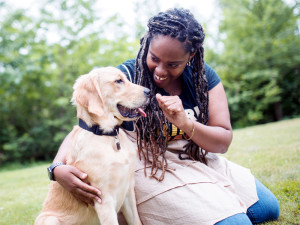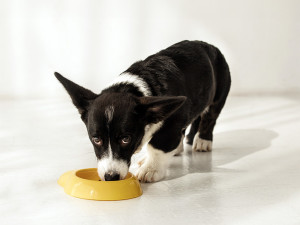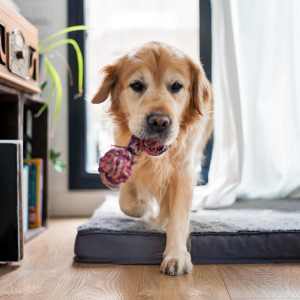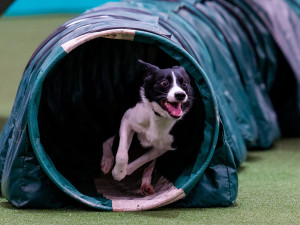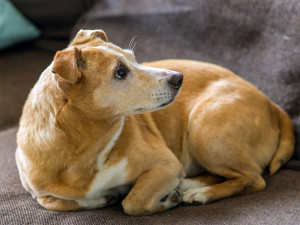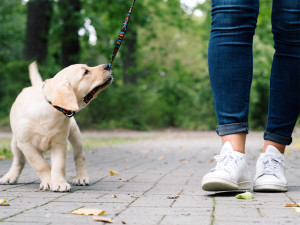Why Clickers Are The ’It’ Accessory for Trainers
Pro tips on training your dog with the click of a button – literally
Ready to train your new dog and wondering where to start? Google ‘dog training’ – actually, please don’t – and the opinions are as endless as they are confusing. One thing is certain: learning to communicate in a way that matches how your dog learns best is what makes everything else work.
That’s where clicker training comes in. If you’re feeling you somehow missed the memo on the magic of clickers, don’t worry. You’re in good company with most dog parents. Here’s a simple guide to clicker training and why every trainer swears by it.
First, what’s a clicker?
Almost deceptively simple, a clicker is a cricket-like noisemaker that fits in the palm of your hand. It’s very inexpensive at just a few pounds, but punches way above its weight as a tool to help turn you and your dog into training wizards. When you press the button on the clicker, you hear a ‘click’ sound, hence the name.
The click is used to mark the exact moment your dog has done something correctly and the sound is always followed by reinforcement – usually a treat. Your dog learns the sound of the click predicts the treat, and the good behaviour that happened at that instant becomes seared into your dog’s treat-loving, you-pleasing brain.
Why can’t I just give my dog a treat when they learn a cue?
Great question. Because a clicker gives your dog’s brain the timing precision and clarity it needs. No offence, but your timing is probably off. Dogs require immediate feedback to learn. You may intend to give your dog a treat when they sit, for example, but actually deliver it when they stand up after sitting rather than at the precise moment their bum hits the ground, and that can be confusing to your dog. The click is a way for you to precisely and clearly let your dog know the exact good behaviour that made the precious treat appear.
A clicker also makes it possible to communicate successfully with your dog when you aren’t right next to each other. For example, if you’re calling your dog to you, the goal is to click when your pup starts movement towards you and deliver the treat on arrival. Or, if you’re asking your dog to ‘stay’ at a distance, you can click from afar when the stay starts and go to your dog to deliver the reinforcing treat.
How does clicker training differ from other training methods?
Clicker training is also referred to as ‘marker’ training and is a form of positive reinforcement or reward-based training. It’s rooted in behavioural science and evidence-based methodology that relies on teaching dogs what we want them to do, reinforcing desirable behaviours for more effective learning and bonding with you instead of correcting or punishing ‘bad’ behaviour.
How can I start clicker training my dog?
First, you want to teach your dog what the clicker means: that hearing that sound is the best thing ever. This is called ‘charging the marker’ and here’s how it’s done:
Have a handful of small treats in one hand and your clicker in the other. Click. Pause. Give your dog a treat. Repeat until the treats are gone. You aren’t asking for any behaviours. Your dog is simply learning that the click sound equals treat.
Next, you add the verbal cue or hand signal for any new behaviour. For example, say ‘sit’. When your dog sits, click and deliver a treat.
Once your dog is proficient in a quiet environment, bring your act on the road and work in more challenging environments, always following the same pattern.
Do I always have to give a treat/reward after I click?
Yes. The click is only meaningful because it predicts reinforcement. So, no matter how many times you’ve clicked and treated before for the same behaviour, if you click, you treat. If you stop treating after you click, the click will lose efficacy as a conditioned reinforcer (which means when dogs hear it, they know they did what their human wanted). You can eventually stop clicking and just offer a treat (or other type of life reward) when your dog is able to perform the desired behaviours in all sorts of settings – home, a busy park, a shop and so on. Until then, keep clicking and treating.
Can I use the clicker to get my dog’s attention?
Nope. The clicker is not an attention-getting device. It is there to communicate the moment your dog (or cat or chicken – yes, everyone loves a good click) does something right. Dogs are geniuses at doing what works for them. Have fun using your clicker to make your dog’s good behaviour and life skills work for both of you.
